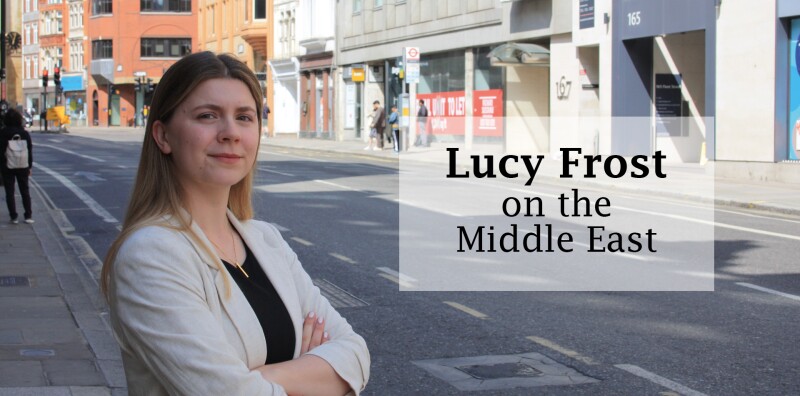
Digitalization is a central theme in finance – and Islamic finance is no different. There has been much speculation about what digital sukuk could mean for the market and its potential to accelerate the growth in adoption of these instruments.
Digital sukuk offerings could make a complicated market more straightforward, with standardized documentation and easy access for investors worldwide, but this will need a standardized cross-border approach. And that is no small ask.
Digitalization is entrenched across the bond market. There have been distributed-ledger technology (DLT) issuances, such as the European Investment Bank’s (EIB) £50 million ($59.8 million) bond using the HSBC Orion platform in January and Hong Kong’s HK$800 million ($102 million) tokenised green bond via Goldman Sachs in February.
This technology attracted even more interest during the collapse of Silicon Valley Bank (SVB), as US regional banks such as First Republic felt the aftershocks and depositors’ confidence in the banks spiralled. As people questioned how to handle the more instantaneous damage of digital bank runs, digital bond issuances were proposed as a solution to raising capital in the same timescale as depositors can now remove funds.
Myriad interpretations
The attraction of digital issuance is that the framework is in place. But for sukuk, finding commonality will not prove easy because of the wide-ranging interpretations of Shariah law in different countries and their impact on how sukuk should be structured.
Indeed, Shariah structures seem to be becoming less standardized rather than more, for example with the UAE’s adoption of the Accounting and Auditing Organisation for Islamic Financial Institutions’ (AAOIFI) standard 59, under which a murabaha financing cannot be directly refinanced by another murabaha financing.
Foreign-currency-denominated sukuk issuance grew by about 9% in the first half of 2023, according to S&P.
Despite progress, the market has seen no overarching change
In 2022, the sukuk market was heavily driven by issuance in Saudi Arabia, but during the past year there has been more FX-denominated sukuk, partly due to tighter liquidity conditions for Saudi banks.
There has also been some activity in new markets: Egypt set up its long-awaited sukuk programme and issued a $1.5 billion three-year sukuk in February; and in the US, Air Lease Corporation issued the first North American deal with a $600 million five-year sukuk. This suggests that sukuk could become a common tool for foreign companies looking to tap the deep liquidity pools of Middle Eastern investors.
Green sukuk
There has also been a growing interest in sustainability-linked sukuk, alongside greater increase in sustainability-linked loans. In September, UAE-based DP World issued a $1.5 billion 10-year green sukuk. As Dubai takes the presidency of COP28 later this year, these issuances of sustainability-linked or green sukuk are likely to continue.
Nevertheless, and despite this progress, the market has seen no overarching change – the geographic dispersion of Islamic finance activity was in effect the same in 2022 as it was in 2012.
Can digitalization change this?
There are simply too many differences in opinion on how to structure a sukuk to ensure its Shariah compliance, and this will continue to act as a barrier to adoption – digital or otherwise. If some agreement on standardization could be reached, it could ignite new markets that would bring simplicity and the option for more accessible, low-ticket participation.
But for now, that kind of common standard remains a distant dream.
